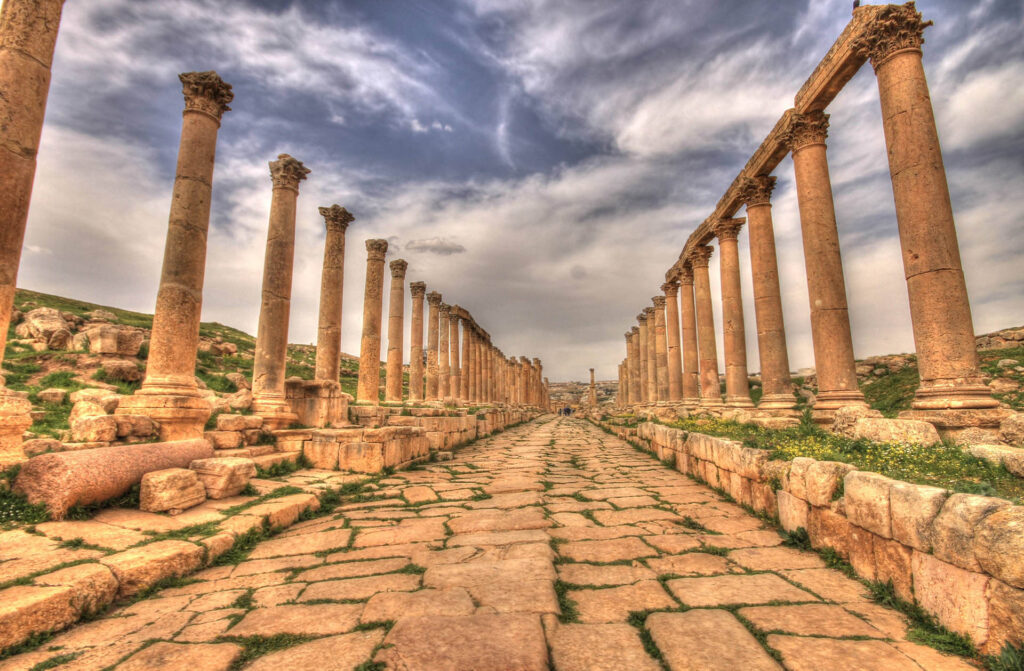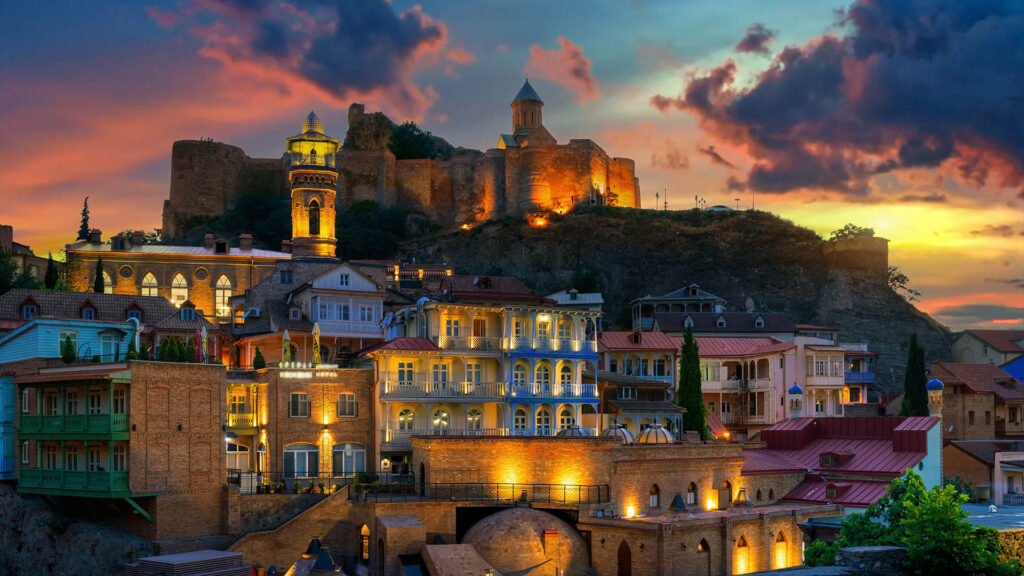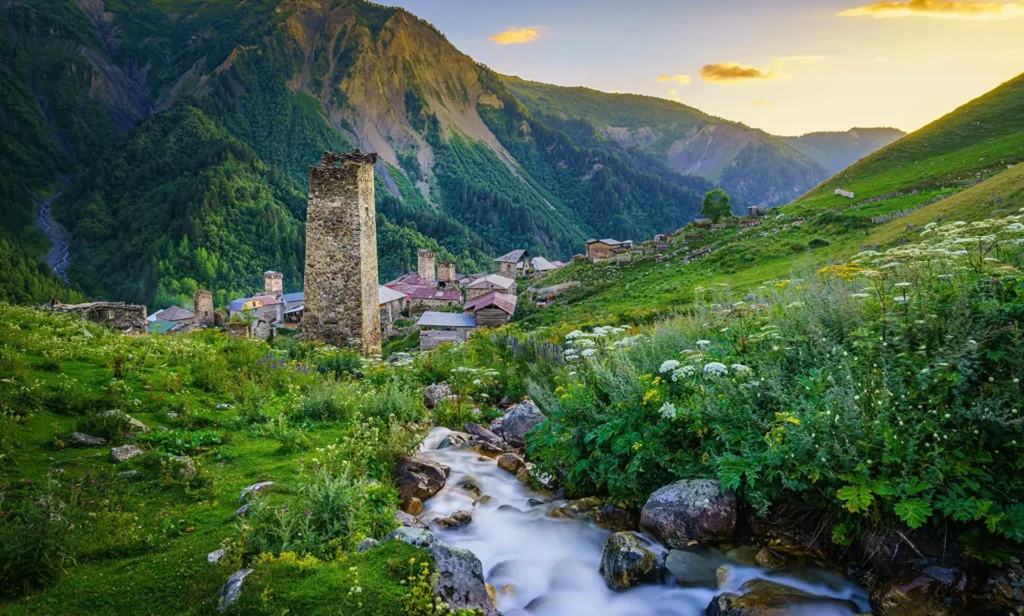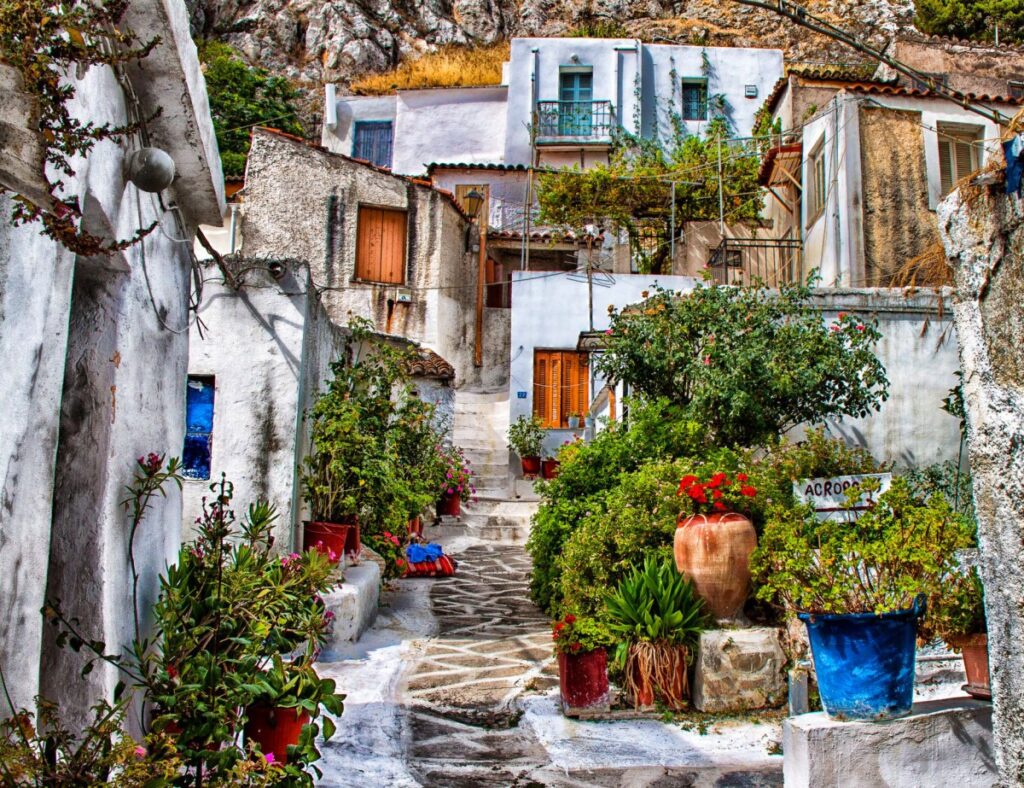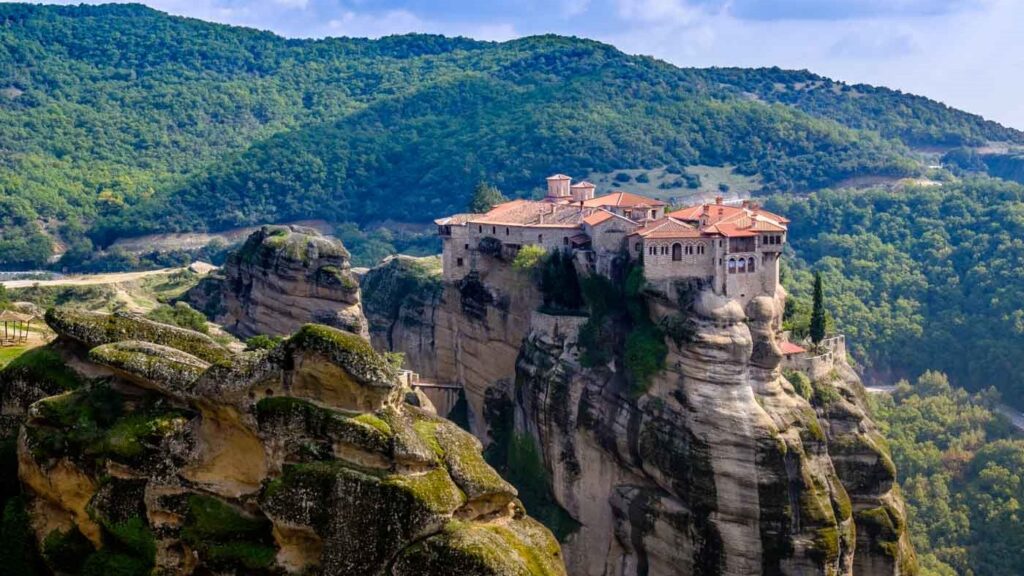A Hidden Gem in the Heart of the Spice Bazaar
Nestled within the bustling lanes of Istanbul’s historic Spice Bazaar, the Rustem Pasha Mosque stands as a hidden gem, a masterpiece of Ottoman architecture that has captivated visitors with its exquisite beauty and intricate details for centuries. This compact yet magnificent structure, commissioned by one of the most influential figures of the Ottoman Empire, is a testament to the artistic and cultural legacy that continues to enchant those who wander the labyrinthine streets of Istanbul.

The Rustem Pasha Mosque: A Jewel of Ottoman Architecture in Istanbul
A Brief History
The Rustem Pasha Mosque was constructed between 1561 and 1563, during the reign of Sultan Suleiman the Magnificent, arguably the most celebrated ruler of the Ottoman Empire. It was commissioned by Rustem Pasha, the grand vizier (chief minister) and son-in-law of the Sultan, who sought to leave an indelible mark on the city’s architectural landscape.
The mosque was designed by the renowned Ottoman architect Mimar Sinan, widely regarded as the greatest architect of the classical Ottoman period. Sinan’s masterful design, executed within the confines of a relatively small space, is a testament to his ingenuity and artistic vision, creating a harmonious blend of traditional Islamic architecture with innovative elements that set the Rustem Pasha Mosque apart from its contemporaries.
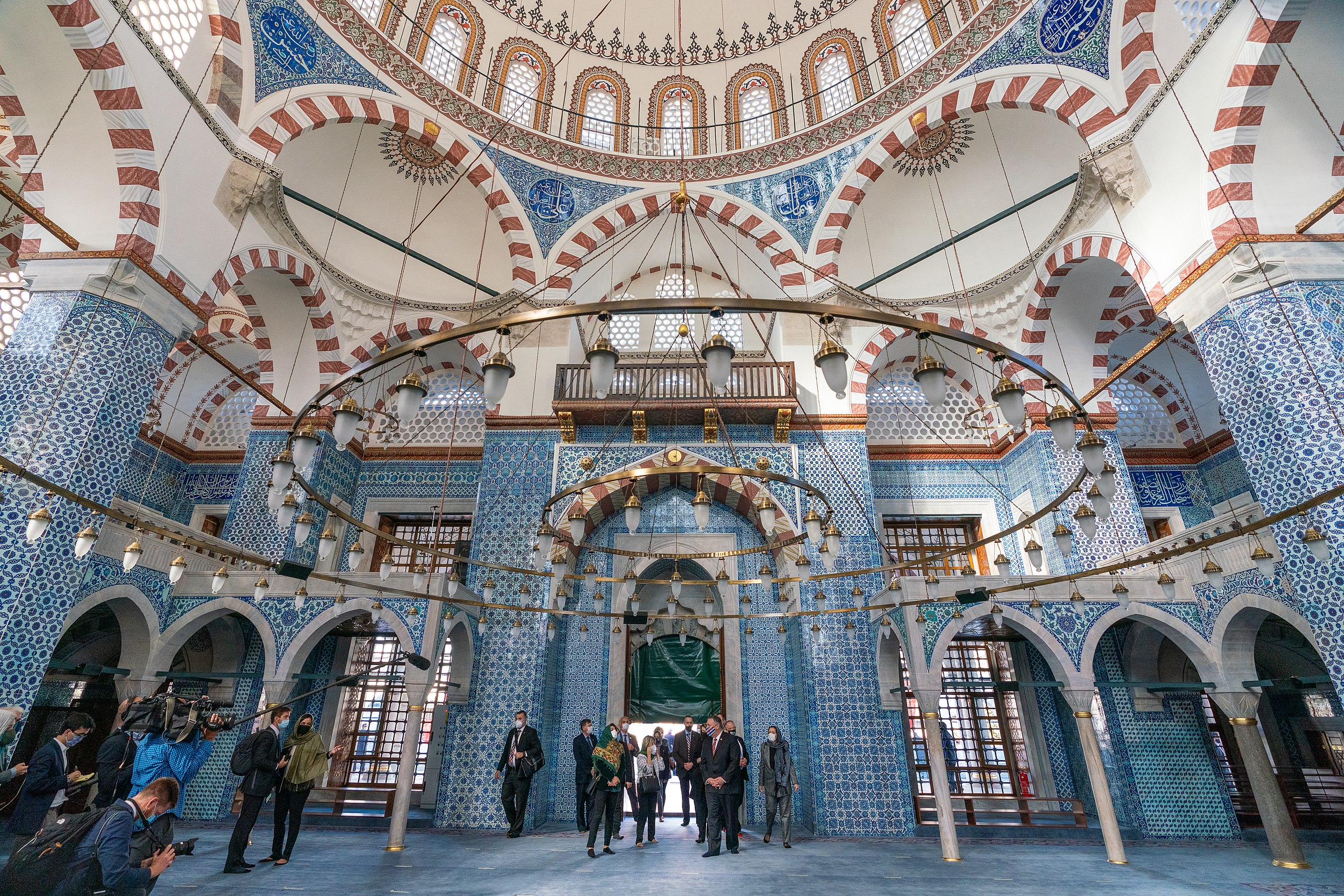
The Rustem Pasha Mosque: A Jewel of Ottoman Architecture in Istanbul
Architectural Splendor
The Exterior:
From the outside, the Rustem Pasha Mosque appears unassuming, its modest size belying the architectural gem that lies within. However, upon closer inspection, the intricate tilework and delicate carvings that adorn the exterior hint at the exquisite beauty that awaits inside.
The mosque’s façade is adorned with exquisite Iznik tiles, a signature element of Ottoman architecture. These handcrafted tiles, renowned for their vibrant colors and intricate patterns, form a stunning mosaic that catches the eye and invites further exploration.
The Interior:
Stepping inside the Rustem Pasha Mosque is akin to entering a jewel box, where every surface is adorned with intricate tilework, calligraphic inscriptions, and intricate carvings that showcase the mastery of Ottoman artisans. The compact prayer hall is a visual feast, with its soaring domes and arches embellished with an array of colors and patterns that seem to dance before the eyes.
The centerpiece of the interior is the mihrab, a niche in the wall that indicates the direction of Mecca. Here, the artistry reaches its pinnacle, with a breathtaking display of tilework, calligraphy, and carved marble that leaves visitors in awe. The mihrab is framed by intricately carved marble columns, each a masterpiece in its own right, adorned with floral motifs and geometric patterns that reflect the Islamic tradition of abstraction and symbolism.
The Tiles:
The Iznik tiles that adorn the Rustem Pasha Mosque are considered among the finest examples of Ottoman tilework. These tiles, produced in the town of Iznik (ancient Nicaea), were renowned for their rich colors and intricate patterns, showcasing the skill and artistry of the Ottoman ceramists.
Each tile is a unique work of art, meticulously crafted and painted by hand, with designs ranging from intricate floral motifs to geometric patterns and calligraphic inscriptions. The harmonious blend of colors – vibrant blues, turquoises, greens, and reds – creates a visual symphony that captivates the senses and transports visitors to a world of beauty and artistry.
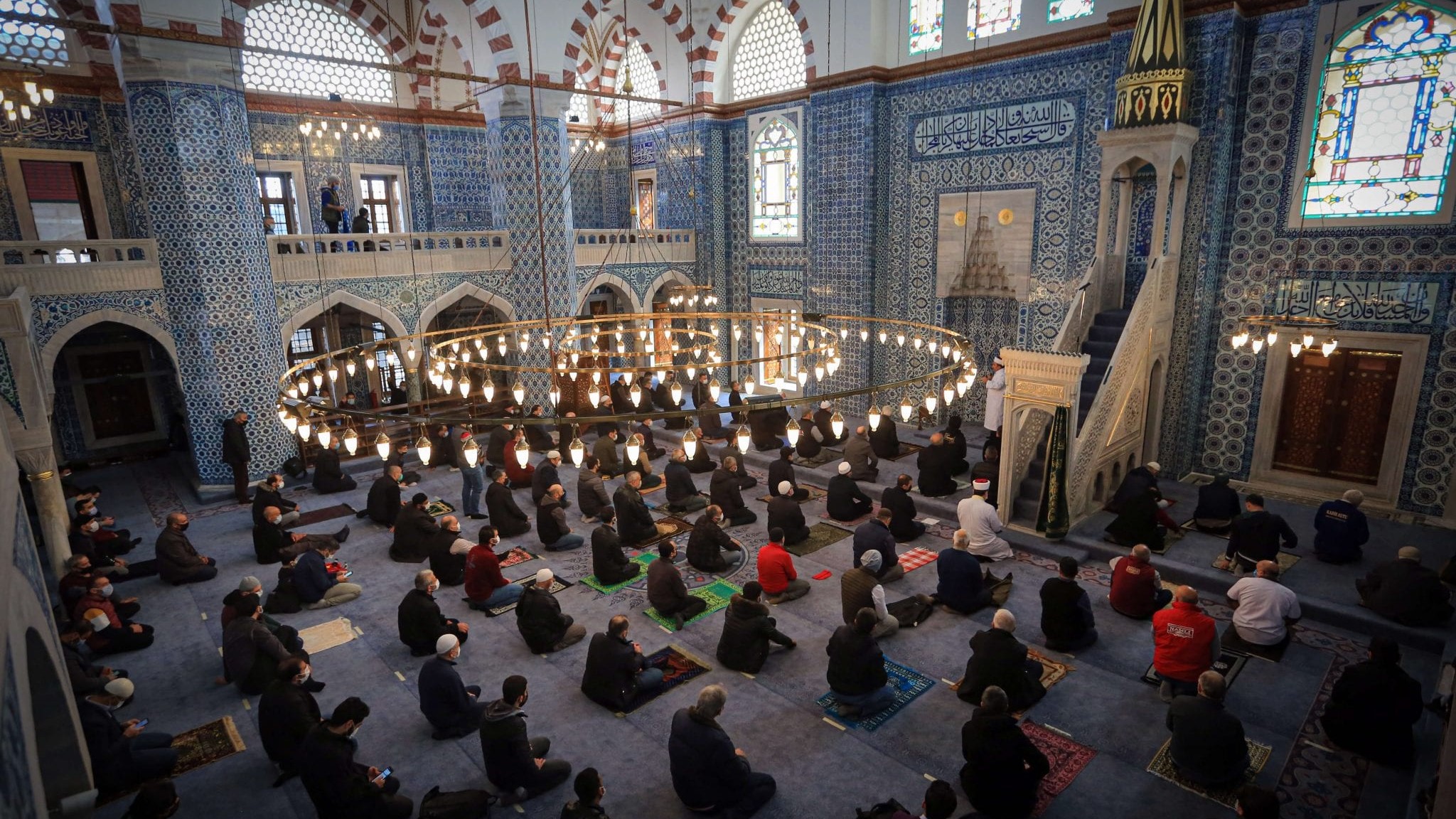
The Rustem Pasha Mosque: A Jewel of Ottoman Architecture in Istanbul
Cultural and Religious Significance
A Masterpiece of Ottoman Patronage:
The Rustem Pasha Mosque stands as a testament to the significant role that patronage played in the development of Ottoman art and architecture. Commissioned by one of the most powerful figures of the Empire, the mosque reflects the wealth, influence, and cultural ambitions of its patrons, who sought to leave a lasting legacy through the creation of architectural marvels.
A Living Monument to Islamic Art and Spirituality:
Beyond its historical and architectural significance, the Rustem Pasha Mosque remains an active place of worship and a spiritual sanctuary for the Muslim community in Istanbul. The mosque’s serene atmosphere and the melodic recitation of the Quran create a powerful ambiance that invites contemplation and spiritual connection, further enhancing the experience for visitors seeking to immerse themselves in the rich cultural tapestry of the city.
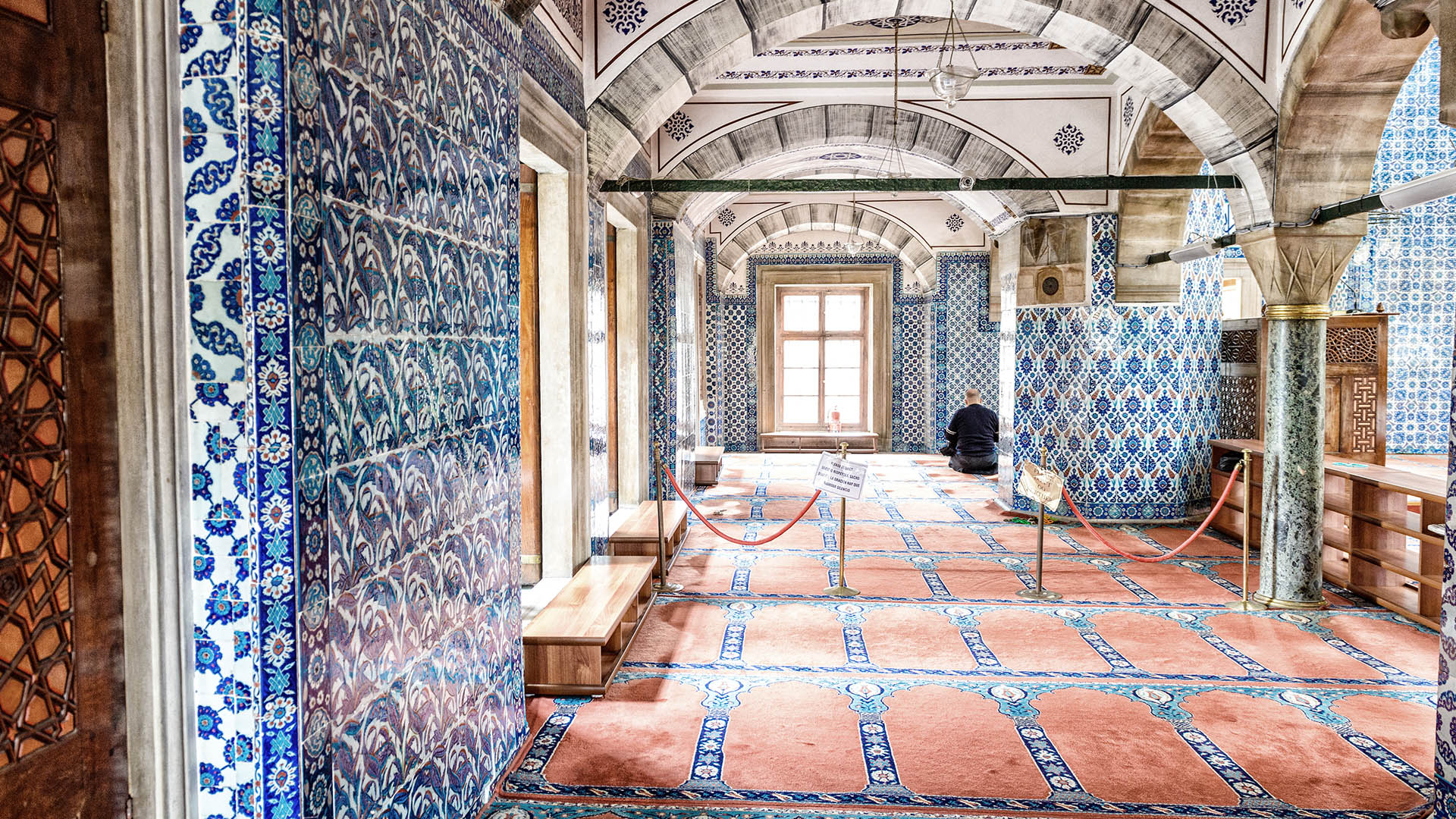
Visiting the Rustem Pasha Mosque
Planning Your Visit
Dress Code and Etiquette:
As with any place of worship, visitors to the Rustem Pasha Mosque are expected to dress modestly and observe proper etiquette. Women are required to cover their heads with a scarf, while both men and women should avoid revealing clothing that exposes shoulders or legs. Visitors should also remove their shoes before entering the mosque’s prayer hall.
Opening Hours:
The Rustem Pasha Mosque is open to visitors throughout the day, with the exception of prayer times when it is closed to non-worshippers. It’s advisable to check the prayer schedules and plan your visit accordingly to avoid any disruptions or inconveniences.
Guided Tours:
While exploring the mosque on your own can be a rewarding experience, consider joining a guided tour to gain a deeper appreciation for its history, architecture, and cultural significance. Knowledgeable guides can provide insights and stories that bring the Rustem Pasha Mosque to life, enhancing your understanding of this hidden gem and its role in the rich tapestry of Istanbul’s cultural heritage.
Nearby Attractions
The Rustem Pasha Mosque is strategically located within the vibrant Spice Bazaar, offering visitors a unique opportunity to explore the cultural and culinary delights of this historic market while marveling at the architectural splendor of the mosque.
The Spice Bazaar:
The Spice Bazaar, also known as the Egyptian Bazaar, is a sensory feast that has been a hub of trade and commerce for centuries. This labyrinth of narrow streets and covered alleys is filled with stalls selling an array of spices, herbs, teas, and other exotic goods, filling the air with intoxicating aromas that transport visitors to distant lands.
The New Mosque (Yeni Cami):
A short walk from the Rustem Pasha Mosque lies the New Mosque (Yeni Cami), another architectural marvel that showcases the grandeur of Ottoman design. Built in the 17th century, this imposing structure features a magnificent courtyard and intricate tilework that rivals the beauty of the Rustem Pasha Mosque.
The Galata Bridge and Beyoğlu District:
Crossing the iconic Galata Bridge, which spans the Golden Horn, visitors can explore the vibrant Beyoğlu district, a hub of culture, entertainment, and historic landmarks. Here, you can immerse yourself in the charming streets, cafes, and boutiques that showcase Istanbul’s cosmopolitan character and modern flair.
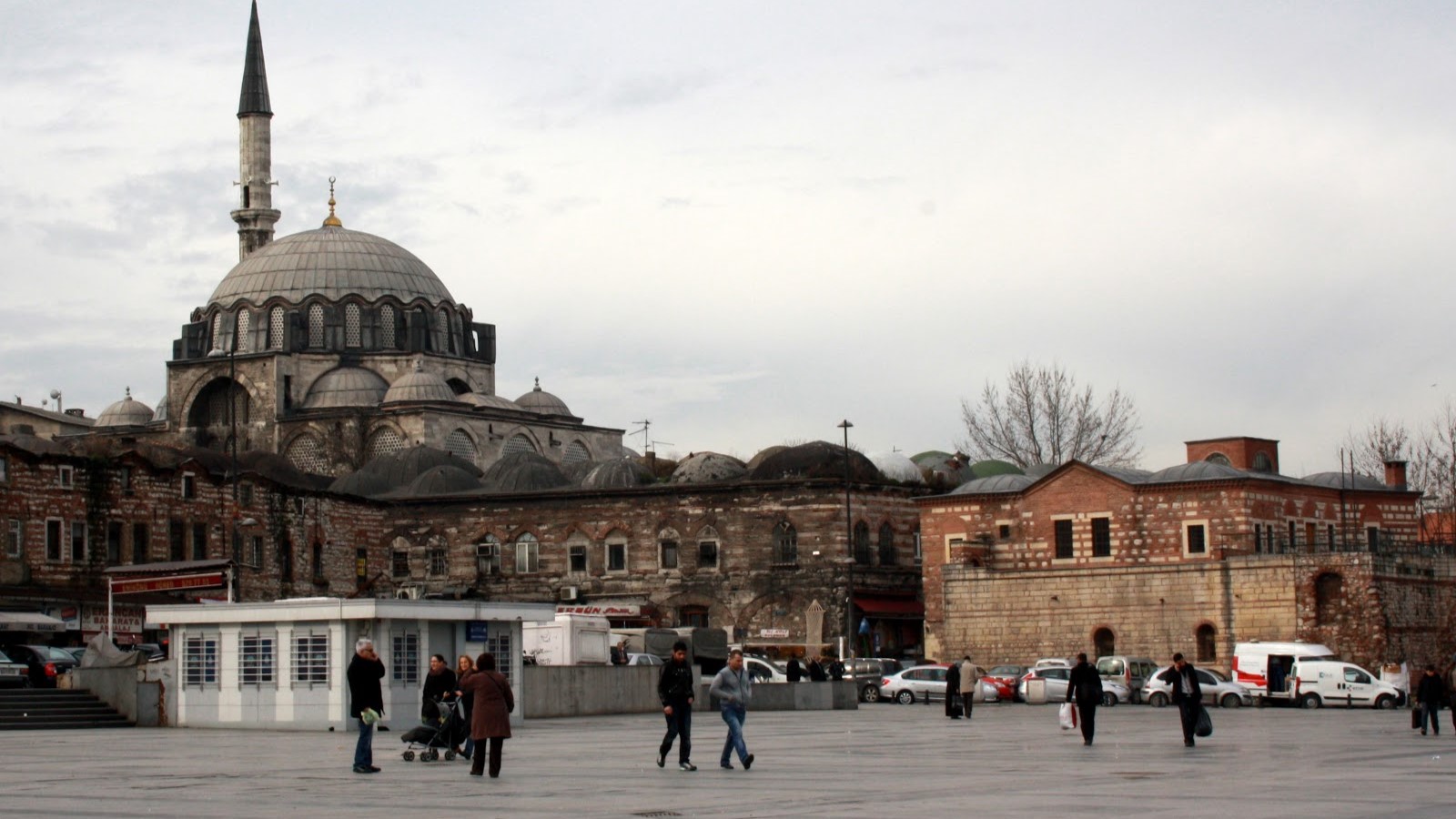
Conclusion
The Rustem Pasha Mosque is a hidden gem that stands as a testament to the artistic and cultural legacy of the Ottoman Empire. Its intricate tilework, exquisite calligraphy, and masterful architectural design create a breathtaking visual experience that captivates the senses and transports visitors to a world of beauty and spirituality. Whether you’re an architecture enthusiast, a lover of Islamic art, or simply someone seeking to explore the cultural tapestry of Istanbul, the Rustem Pasha Mosque promises to leave a lasting impression and create memories that will forever be etched in your heart and mind.
Copy


